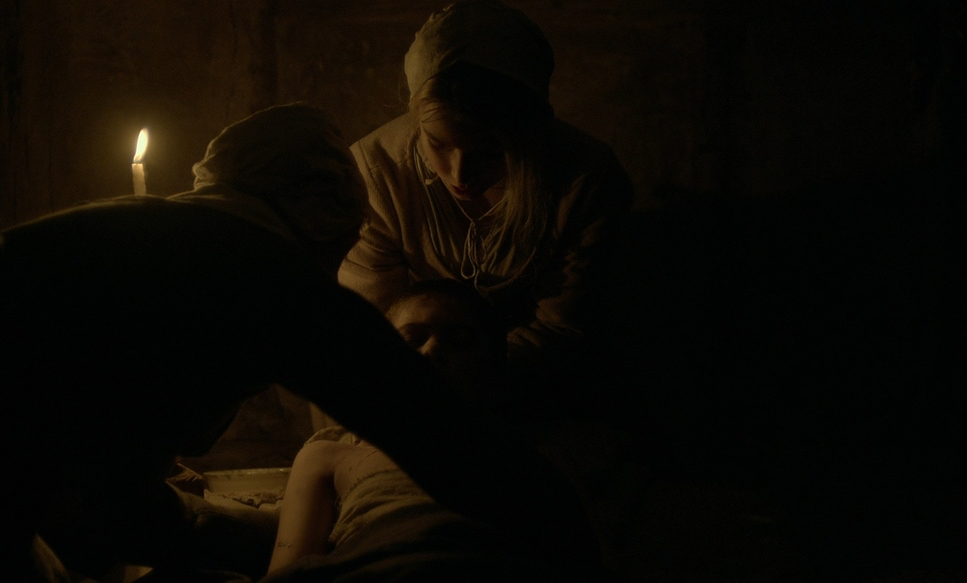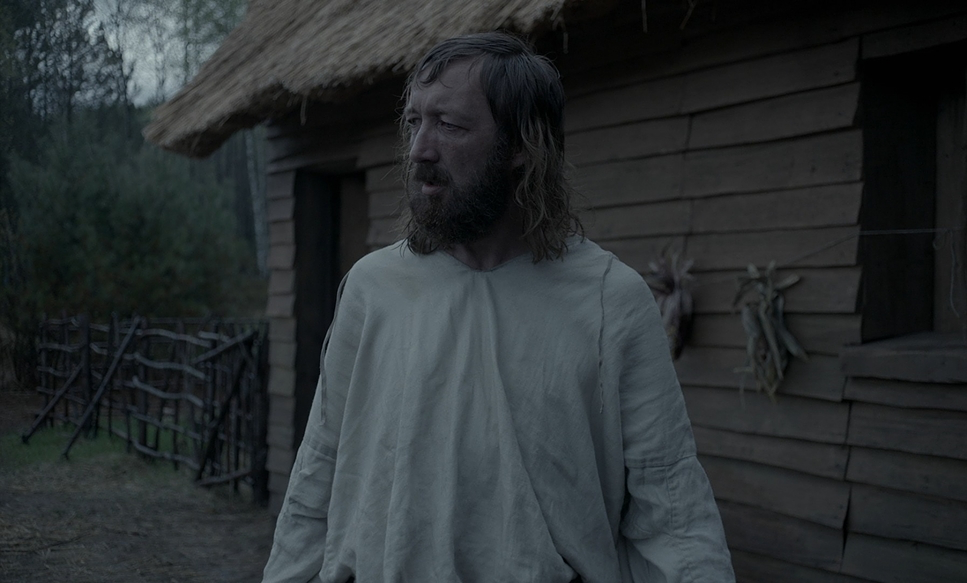One film that has profoundly impacted my perspective is Robert Eggers’ The Witch. This 2015 atmospheric horror masterpiece doesn’t just tell a story—it immerses you in a world meticulously crafted through its visual elements. In this analysis, I will explore the various facets of The Witch‘s cinematography, drawing from my professional insights and the rich discussions it has sparked among film enthusiasts.
About the Cinematographer

Jarin Blaschke, the visionary cinematographer behind The Witch, has a unique ability to evoke emotion through his lens. His collaboration with director Robert Eggers extends beyond this film, notably influencing the stark visuals of The Lighthouse. Blaschke’s style is characterized by meticulous attention to detail and a commitment to authenticity. In conversations with esteemed cinematographer Roger Deakins, Blaschke emphasized that every visual choice in The Witch was made to serve the story’s period setting and thematic depth. His dedication to using natural light and period-accurate equipment showcases his pursuit of creating an immersive and believable 17th-century New England.
Inspiration for the Cinematography of The Witch

The visual aesthetic of The Witch is heavily inspired by period paintings and historical references from the 1600s. Blaschke and Eggers delved into artworks of that era, aiming to replicate not just the look but the very essence of the time. This influence is evident in the film’s muted color palette and the way light plays within each frame. The austere beauty of painters like Johannes Vermeer, who masterfully utilized natural lighting and intimate compositions, served as a blueprint for their approach. By grounding the film in these historical visuals, they created a world that feels both authentic and hauntingly otherworldly.
Camera Movements Used in The Witch

In The Witch, the camera movements are deliberately restrained, a choice that enhances the film’s tension and atmospheric dread. Instead of relying on rapid cuts or dynamic movements, the film employs static shots, slow pans, and subtle zooms. This minimalist approach allows the unsettling atmosphere to build organically, drawing the viewer deeper into the narrative. The slow tracking shots through the dense woods, for instance, mirror the characters’ gradual descent into fear and paranoia. This measured pacing aligns with the film’s psychological underpinnings, letting the horror seep in quietly rather than jumping out abruptly.
Compositions in The Witch

Blaschke’s compositions are a study in precision and symbolism. Utilizing the rule of thirds and thoughtful framing, he often positions characters within vast negative spaces to emphasize their isolation and vulnerability. The family’s small farmhouse is frequently shown as a lone speck against the sprawling, ominous wilderness, reinforcing themes of insignificance and entrapment. Inside the home, characters are framed in ways that highlight their emotional distances from one another—seated at opposite ends of a table or separated by architectural elements. These choices visually narrate the family’s disintegration and the mounting distrust among them.
Lighting Style of The Witch

The film’s lighting is predominantly natural, with daylight and candlelight serving as the primary sources. This choice not only enhances the historical authenticity but also contributes significantly to the film’s eerie ambiance. Interior scenes are lit by the soft, flickering glow of period-accurate candles and fireplaces, casting haunting shadows that evoke a sense of claustrophobia and unease. Nighttime exteriors are enveloped in near darkness, challenging the audience to peer into the shadows alongside the characters. This interplay of light and shadow not only sets the mood but also symbolizes the encroaching darkness threatening the family’s existence.
Lensing and Blocking in The Witch

The choice of lenses and the meticulous blocking in The Witch play crucial roles in crafting its unique visual language. Blaschke opted for vintage lenses, which impart a softer, less clinical image quality, adding to the film’s timeless feel. The narrow depth of field often isolates characters, focusing our attention on their internal struggles. Blocking is used to reinforce relationships and emotional states—characters are strategically placed to highlight their connections or distances. For example, scenes where family members are physically separated within the frame visually represent the growing rifts caused by fear and suspicion.
Color Grading of The Witch

As a colorist, I find the film’s subdued color grading particularly compelling. The desaturated tones of grays, browns, and muted greens reflect the harshness of the Puritan lifestyle and the bleakness of the family’s circumstances. This palette reinforces the story’s somber mood and historical setting, immersing the viewer in the stark reality of 17th-century New England. The occasional bursts of color—such as the vivid red of blood—become all the more impactful against this muted backdrop, underscoring moments of horror and emotional climax. The grading process was carefully tailored to enhance the naturalistic lighting and to maintain the period-accurate aesthetic that Blaschke and Eggers meticulously crafted.
Technical Aspects of The Witch
From a technical standpoint, The Witch is a masterclass in cohesive filmmaking. The decision to shoot with a 1.66:1 aspect ratio complements the verticality of the towering trees and the confined spaces of the farmhouse. Shooting on location in the rugged landscapes of Ontario, Canada, added authenticity to the setting, with the unforgiving environment becoming a character in its own right. The use of vintage lenses on digital cameras bridged the gap between modern technology and historical visual styles. Additionally, the sound design and Mark Korven’s minimalist score enhance the visuals, creating an all-encompassing sensory experience that heightens the film’s tension and atmosphere.
- Also Read: CINEMATOGRAPHY ANALYSIS OF MAN OF STEEL
- Also Read: CINEMATOGRAPHY ANALYSIS OF THE NUN (IN DEPTH)